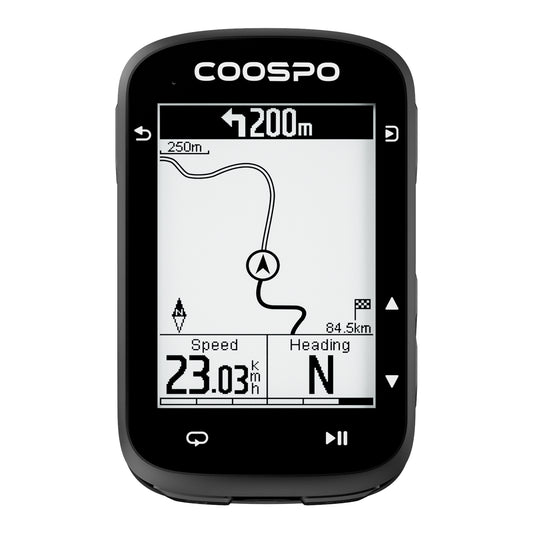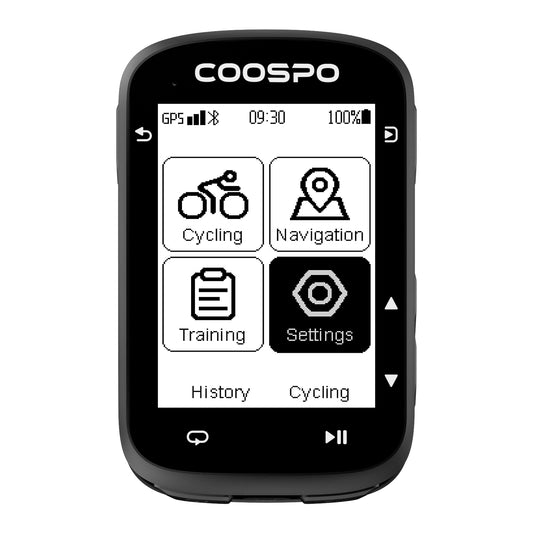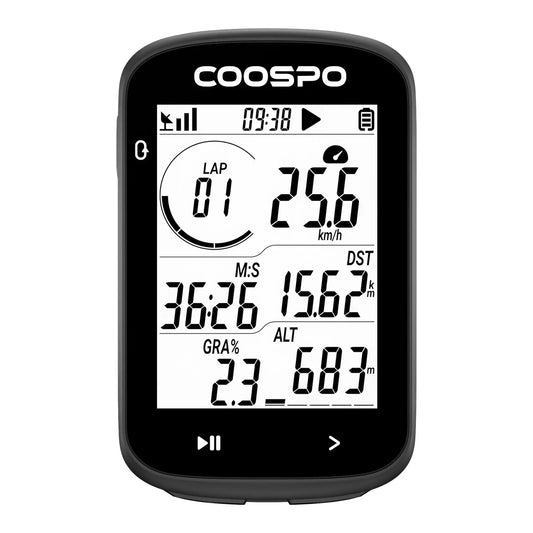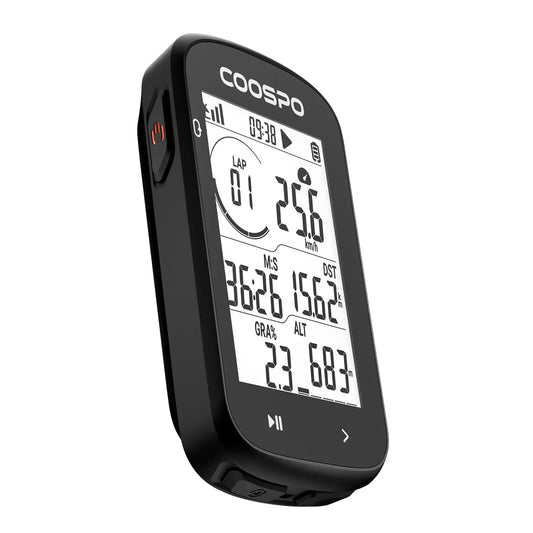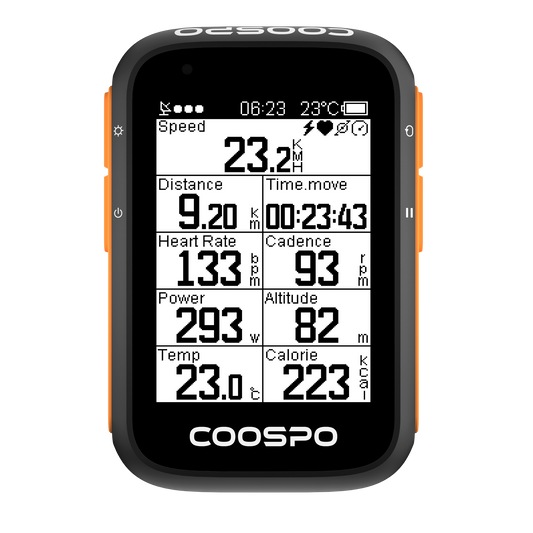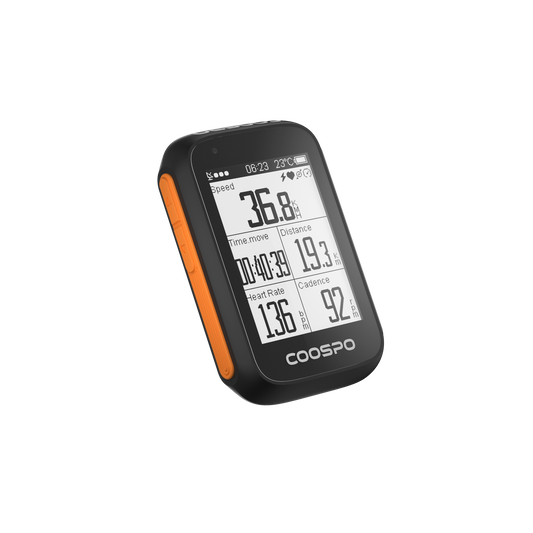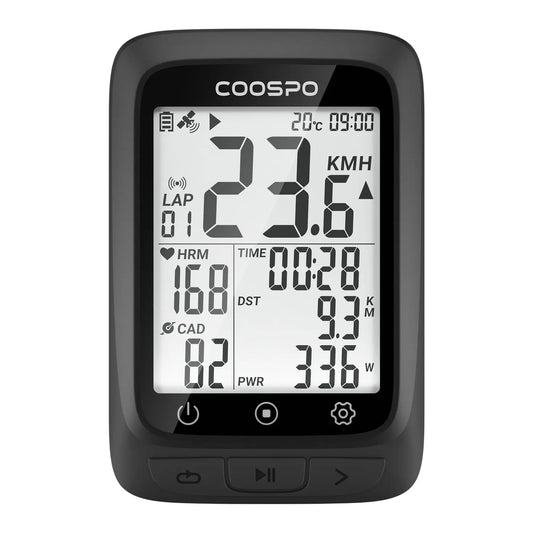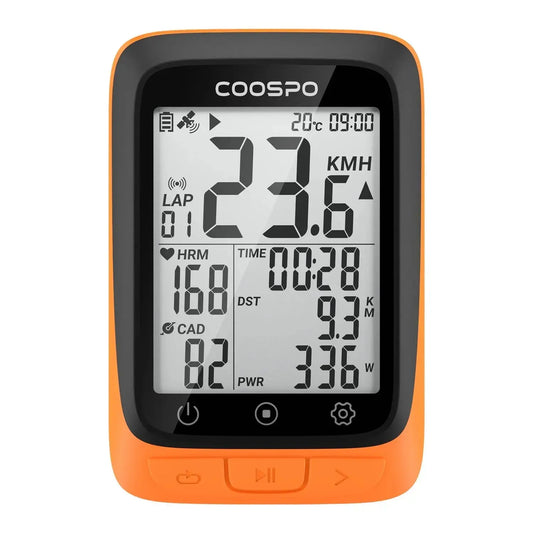What Are The Heart Rate Zones?
Heart rate is important for runners or other sports person who want to improve their performance, enjoy their exercise, or stay healthy. The data from heart rate can help runners or other sports persons monitor their exercise intensity by using a heart rate monitor.

The Basic Heart Rate Words You Need to Know
Resting Heart Rate
Resting heart rate is the number of times your heart beats when you're at rest, like when you're sitting or lying down and feeling relaxed. It's different for everyone, but it's a good way to check your heart health. For adults, a normal resting heart rate is between 60 and 100 beats per minute. If your resting heart rate is lower, it means your heart is working more efficiently and is healthier.
Calculation
Choose a morning when you have had enough sleep and a regular routine to determine your resting heart rate. Upon waking up, sit up and remain quiet for 1 minute. Record the heart rate monitor value after 1 minute, and average it over several days.
Target Heart Rate
Target heart rate is the range of heart rate your body should have when you exercise at a certain intensity. If your heart rate is below that range, you may not be exercising hard enough, while if it's above the upper limit of that range, you may exercise too much.
Knowing your target heart rate can help you understand how intense your exercises are.
Calculation
There is a complex formula for calculating the target heart rate range:
[(Maximum heart rate - resting heart rate) × 60% + resting heart rate] ~ [(Maximum heart rate - resting heart rate) × 80% + resting heart rate] If your resting heart rate is 70 beats, then his target heart rate range is [(190-70) × 60% + 70] ~ [(190-70) × 80% + 70], which is 142~166.
Maximum Heart Rate
The maximum heart rate is the highest level of heart rate achieved when oxygen consumption and heart rate cannot continue increasing at maximum exercise load.
Calculation
The calculation for maximum heart rate (220 - your age) that many people use is not very scientific or accurate, but it is a simple calculation that can be used for our needs.
The formula used to calculate maximum heart rate is based on the average of one specific ethnic group. The formula assumes that people of the same age have the same maximum heart rate, but this is not true for people of the same age with the same level of physical activity. The results from this formula are only based on a general assumption and cannot be used to individual needs.
Before test:
The ideal site is a 400m ramp with a slope > 5°. If no ramp is available, a standard 400 m playground will suffice; Jogging for 10-15 minutes to warm up before the test (about 2 km) in order to get the body ready for exercise.
Start test:
The first time running a 400m ramp with 80% force (or 800m if it is a playground) and jogging downhill to rest for 3 minutes after completion.
The second time runs the same distance of 90% force, still resting for 3 minutes.
The third time runs the same distance with full power and rest for 5 minutes. Check your monitor during the break, and get a maximum heart rate value for the third run, such as 190.
The fourth time still run with full power, think of "breaking" 190 heart rate, and still rest for 5 minutes.
If your heart rate is higher during the fourth run, continue running at full power for the fifth time. This shows that you did not actually run your best during the third and fourth runs. Continue running until you can no longer beat your previous heart rate number.
The highest heart rate number on the second-to-last run of the test, which is also the highest number in the entire test, is your actual maximum heart rate.
Both maximum heart rate and resting heart rate are subject to change with lifestyle changes, aging, exercise habits, etc.
It is also recommended that everyone make a habit of recording their heart rate. If your heart rate is usually around 60 and today it is 75, you should be aware of whether you exercised too much yesterday or if it is a sign of health discomfort.
Heart rate zones divide the intensity of exercise into five different zones, each with different effects on the body.
Before anything else, determine your heart rate zone while working out. This will help you achieve the desired exercise outcome.
What Are The Five Heart Rate Zones?

Zone 1-Easy Running
Warm-up and Relaxation Zone
The heart rate should be 50-60% of the maximum heart rate, less than 50% will not play a warm-up effect, or need to spend more time; higher than 60% of the exercise intensity can not be considered a warm-up relaxation. If your maximum heart rate is 190, and you want to relax and warm up, your first heart rate range should be 95-114.
Zone 2-Marathon-pace Running
Fat Burning Zone
The heart rate should be 60-70% of the maximum heart rate. In this zone, the body supplies energy for exercise mainly by burning fat, which can effectively reduce fat or control body fat rate, and is the most important zone for people who want to lose weight through exercise.
Zone 3-Threshold Running
Glycogen Depletion Zone
Heart rate at 70-80% of the maximum heart rate, to long-distance running training, for example, over time, the heart rate rises to this zone, when carbohydrates become the main energy-supplying substances, running becomes a good aerobic training, improve your maximum oxygen uptake, effective exercise cardiorespiratory function.
Zone 4-Anaerobic Running
Lactic Acid Accumulation Zone
Heart rate is at 80-90% of maximum heart rate. As the exerciser becomes more experienced and fitter, the increase in training volume has less and less effect on athletic ability, at which point training intensity stays at stage 3 is not enough, and you need to enter the lactic acid buildup zone to get better. At this point, the training intensity shifts from aerobic to anaerobic and the amount of lactic acid buildup increases.
Zone 5-Interval Training
Physical Limit Zone
The heart rate reaches 90% of the maximum heart rate or even 100%. When performing at 100 percent of your capacity, the exercise heart rate will approach or even exceed the theoretical maximum heart rate.
Therefore, in most cases, we should keep our training heart rate below 90% of our maximum heart rate.
Running at different heart rates has different effects
- When your heart rate is less than 120 beats per minute, your blood pressure, blood composition, urine protein, and electrocardiogram indicators do not change significantly. Therefore, the effect of exercise is not noticeable and has little value.
- When your heart rate is between 120-140 beats per minute, your oxygen uptake is at its maximum. To achieve the best weight loss effect while running, aim to keep your heart rate at around 130 beats per minute.
- When your heart rate is between 140-160 beats per minute, it is considered a medium-intensity exercise run. This heart rate range is ideal for improving cardiorespiratory function. When your heart rate reaches 150 beats per minute, your heart has the greatest output per beat, resulting in the best exercise effect.
- When your heart rate is between 160-180 bpm, you can improve both your anaerobic and aerobic metabolic capacity, enhancing the function of your cardiovascular and respiratory systems.
- If your heart rate reaches 180 beats per minute or more while running, it's considered unsafe.
Monitoring your heart rate while exercising can help you achieve your fitness goals and avoid potential hazards, especially during challenging sports events. With a heart rate monitor to prepare yourself, learn about heart rate zones beforehand so you won't panic when the time comes.



